
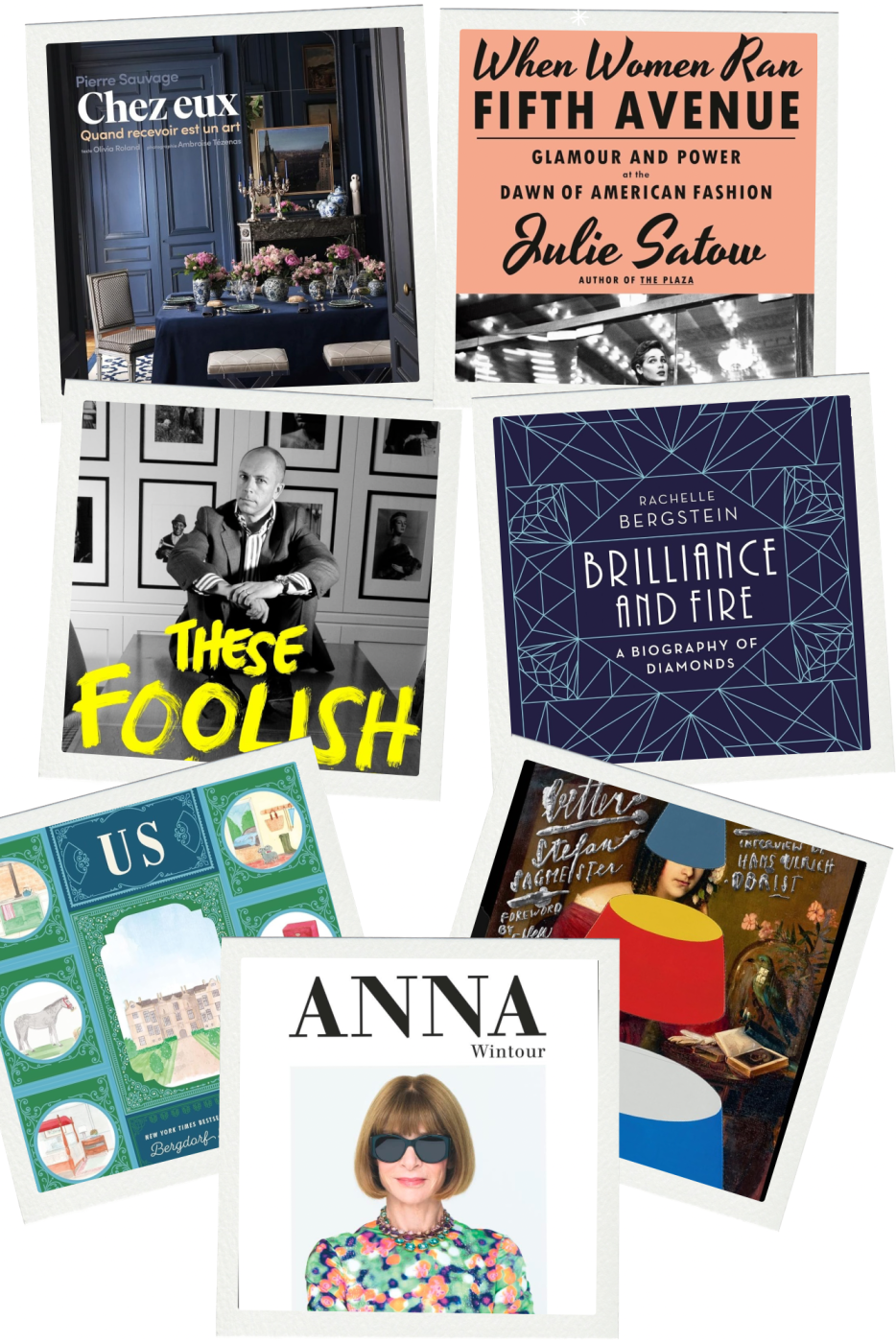
All the Books You Need to Bring With You on a Holiday
Vacations are the perfect opportunity to dive back into those books you've bought, started reading, but haven't finished yet. For those who still cherish the feel of a physical book, much to the delight of publishers and bookstores, there’s plenty to enjoy. In this summer reading list, you'll find a mix of new releases, bestsellers, and thought-provoking non-fiction that will expand your horizons, provide fresh insights, and inspire you to take meaningful action.
Plum Sykes, Wives Like Us
Harper Collins Publishers, 2024
"Wives Like Us” had me laughing so hard, I knocked over my lamp. Can a book be so devilishly clever, so effortlessly chic, and hilariously sharp that you'd fumble through the dark to find a new lightbulb just to keep reading past your bedtime? The answer is a resounding yes." says Kevin Kwan, international bestselling author, who had the pleasure of reviewing this brilliant book before it came out just in time for the summer holidays.
Take one grand English country house, mix in a (heartbroken) American divorcée, three wealthy wives, two tycoons, a pair of miniature dachshunds, and a (bereaved) butler, and out comes the uproariously funny “Wives Like Us”, the latest novel from Plum Sykes, our favourite Vogue US contributor (her fashion features always included a good dose of humour) and British style icon, bestselling author of “Bergdorf Blondes” and “Party Girls Die in Pearls”.
If you think the English countryside is all green wellies, muddy Land Rovers, and tweedy old ladies, you haven’t been to ‘The Bottoms.’ Welcome to the rose-filled county of Oxfordshire, home to the posh Cotswold villages of Little Bottom, Middle Bottom, Great Bottom, and Monkton Bottom—recently overtaken by a dazzling new breed of women: the Country Princesses. Filled with insider jokes and dazzling stories, “Wives Like Us” is an opportunity to enter a very restricted world of British aristocrats, and have a good laugh.
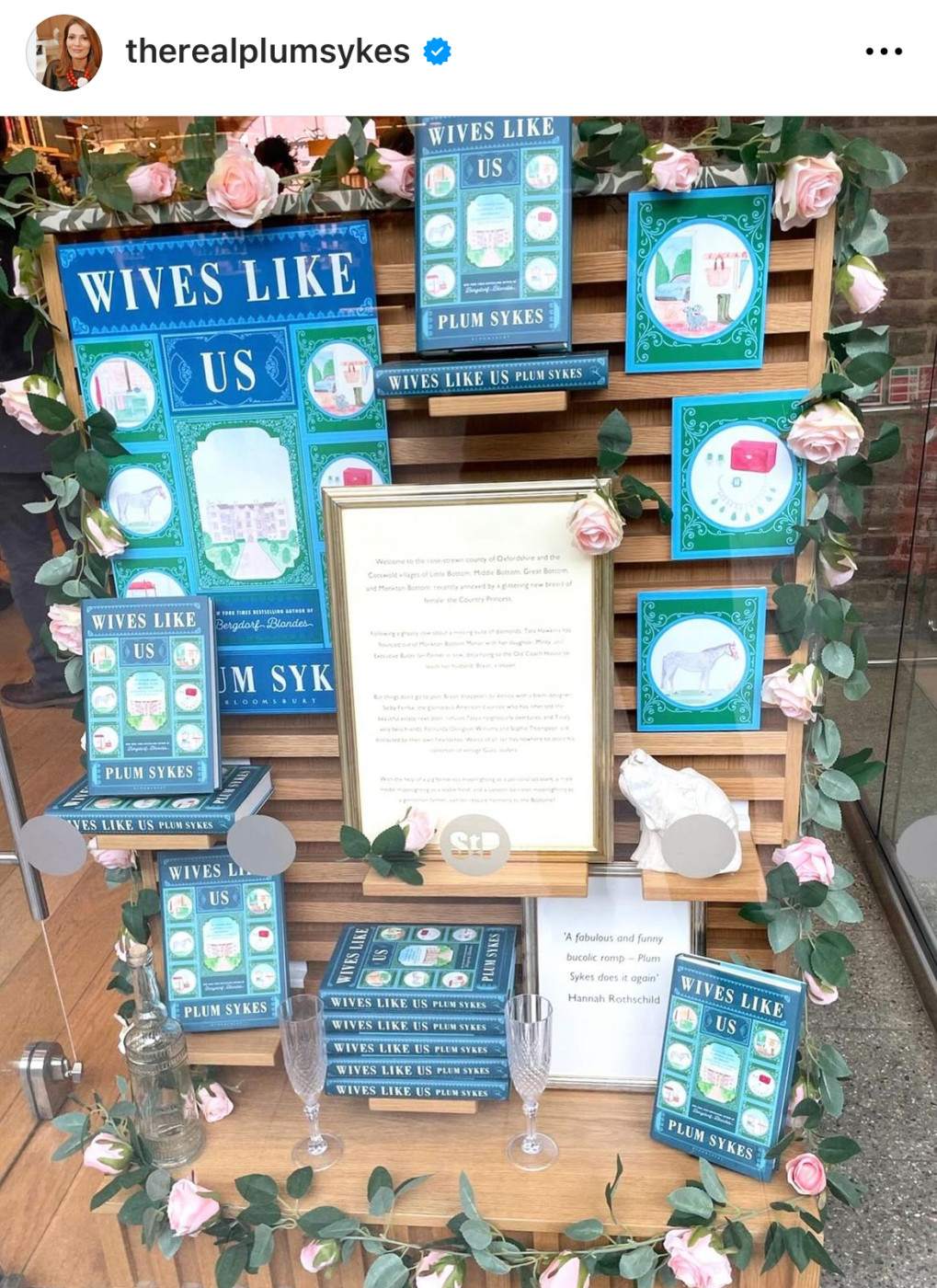
Pierre Sauvage, Chez eux. Quand recevoir est un art
Flammarion, 2020
What defines the art of hospitality? It’s the harmony of tableware, flowers, cooking, linens, drinks, and intimate conversations. In his book, Pierre Sauvage — a renowned decorator and fashion insider — delves into the evolution of tableware, glassware, and home textiles, offering a masterclass in the art of living. Featuring twenty luminaries from Christian Louboutin to Terry de Gunzburg, this book showcases the talents of designers, decorators, editors, and luxury aficionados from Paris to New York. Brimming with inspiration, it guides you on how to host with elegance, whether in a beach house, a chateau, or a city apartment. Immerse yourself in the ambience, refine your taste, and learn new recipes. As Rodin once famously said, “I do not invent anything, I rediscover it.” This summer, rediscover the timeless art of hosting.
Dylan Jones, These Foolish Things
Little, Brown Book Group, 2024
Few individuals can claim to have shaped the cultural landscape of the past four decades while mingling with some of the most extraordinary personalities on the planet. But Dylan Jones is no ordinary person. His autobiography “These Foolish Things” offers a captivating chronicle of Dylan's life, tracing his journey from a peripatetic childhood and late adolescence in 1970s London—a city brimming with possibility — to his award-winning tenure at GQ, one of the most dynamic magazines of its era.
The memoir details how he arrived at this pivotal role, navigating the vibrant currents of Swinging London, punk, and new romanticism and working through influential magazines such as i-D, The Face, and Arena, which laid the groundwork for GQ. The book features a star-studded cast of characters, from David Bowie and Bryan Ferry to Alastair Campbell and Prince Charles, as well as Samuel L. Jackson, Piers Morgan, and Rihanna. It explores how GQ became a beacon of style and how Dylan aimed to shake up music, politics, and fashion.
Dylan Jones’s memoir sheds light on the waning era of glossy magazines, revealing the immense impact of print media. Witty, insightful, and thoroughly entertaining, yet also courageously candid, “These Foolish Things” is one-of-a-kind — a dazzling retelling of the early twenty-first century from one of the world's most intriguing media masterminds.
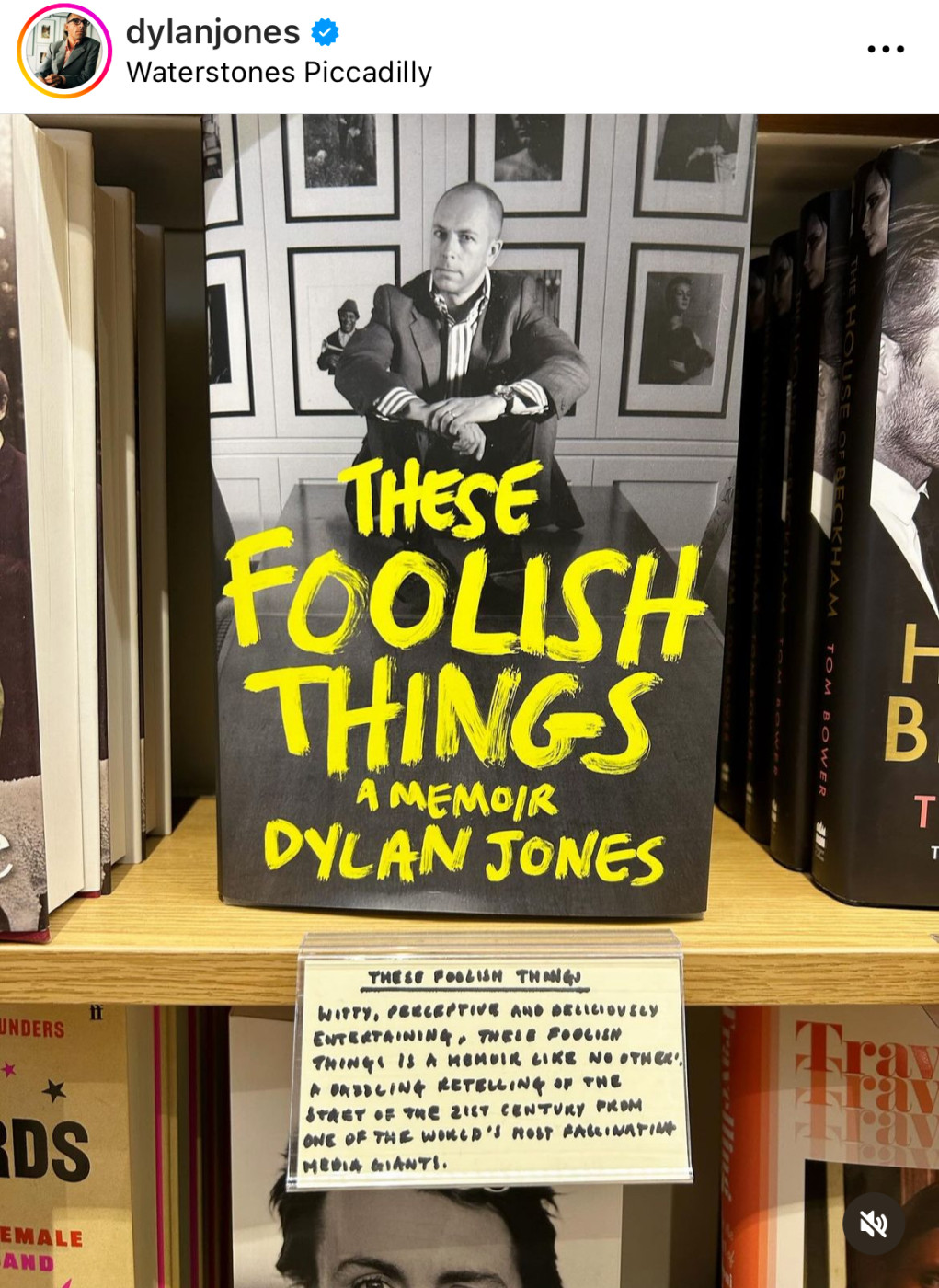
Julie Satow, When Women Ran Fifth Avenue
Doubleday New York, 2024
In “When Women Ran Fifth Avenue”, journalist Julie Satow pulls back the curtain on three trailblazing women who defied the odds, carving out new paths for those who came after them. This captivating narrative, brimming with personal drama and insider secrets, illuminates the world of department stores in all their glitz, decadence, and allure while celebrating the women who kept that carefully curated universe spinning.
The 20th-century American department store was a grand palace of consumption, where every desire could be fulfilled under one roof. Though men owned the buildings, it was the women inside who held the real power. In this vibrant and competitive environment, three women rose to prominence.
In the 1930s, Hortense Odlum, initially a housewife tasked with attracting more female shoppers to Bonwit Teller, ended up running the entire company. Dorothy Shaver of Lord & Taylor revolutionised American fashion during World War II, promoting homegrown designers at a time when U.S. fashion was dominated by Parisian imitations, eventually becoming the first woman to earn a $1 million salary. In the 1960s, Geraldine Stutz of Henri Bendel reimagined the modern department store, with an uncanny ability to spot trends, she cultivated a devoted following of ultra-chic shoppers and inspired countless imitators for decades to come.
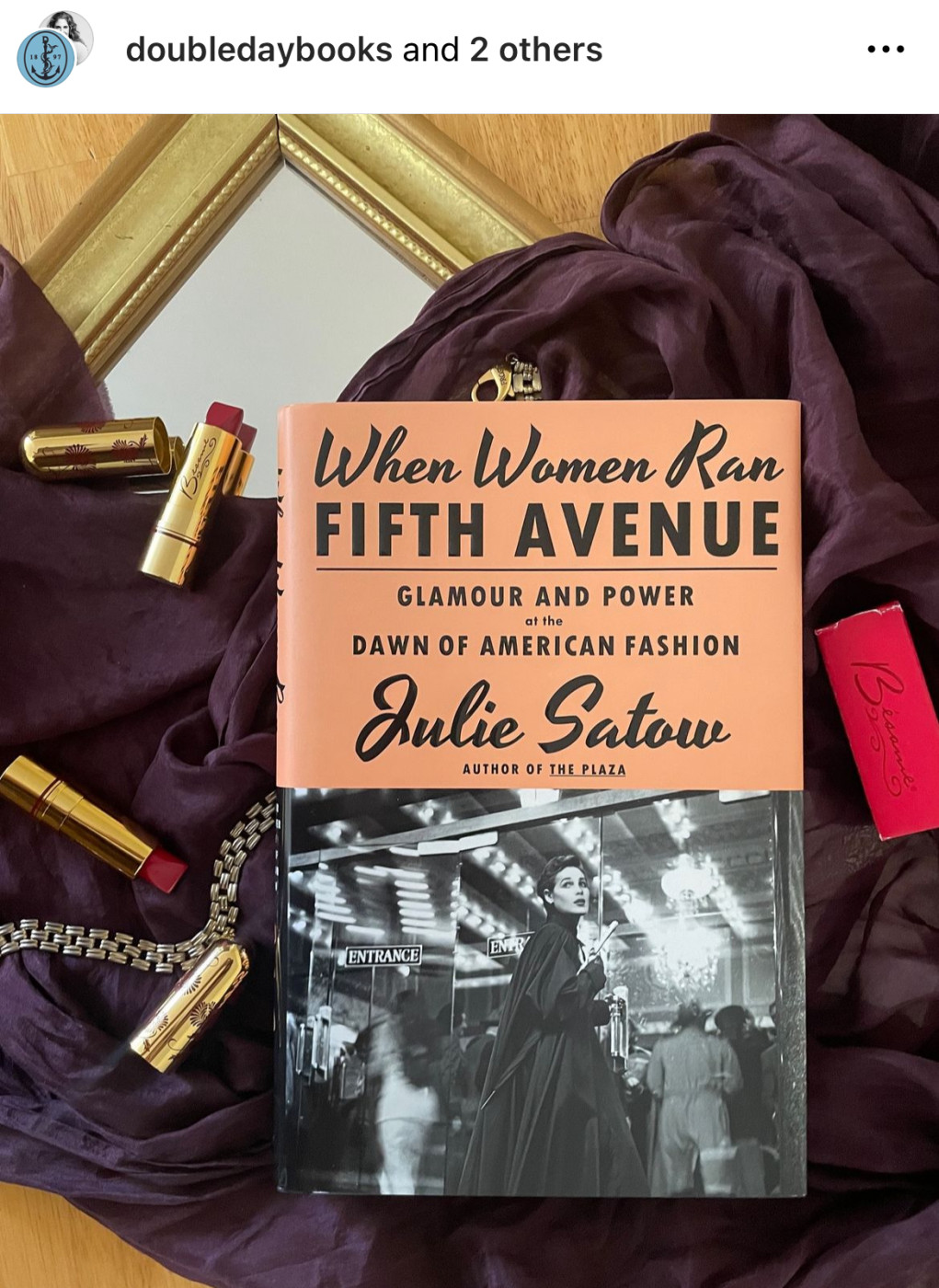
Rachelle Bergstein, Brilliance and Fire, A Biograpfy of Diamonds
HarperCollins Publishers, 2016
I dare say that Rachelle Bergstein’s research work has gone underrated and unnoticed. In 2016, the writer released a true biography of diamonds – from the beginning of time to the present day. It’s impossible to tear yourself away from reading: here at Tiffany’s they came up with an engagement and wedding calendar, and diamond rings to go with it. No diamond – no engagement! “Diamonds are forever.” Who among us doesn’t recognise this phrase and, with it, the fascination that these sparkling precious stones hold in our collective imagination as symbols of royalty, stars, and eternal love? But who gave us this catchphrase? Where do these treasures and their colourful legacies originate? Historical essays about the Hope diamond and The Koh-i-Noor, diamonds of royal families and revolutions, Place Vendôme, brilliant product placement in Hollywood films with femme fatales (who could resist Marilyn Monroe back then?), Elizabeth Taylor's phenomenal collection, the first synthetic diamonds, stock exchanges and the black market - a must-read!
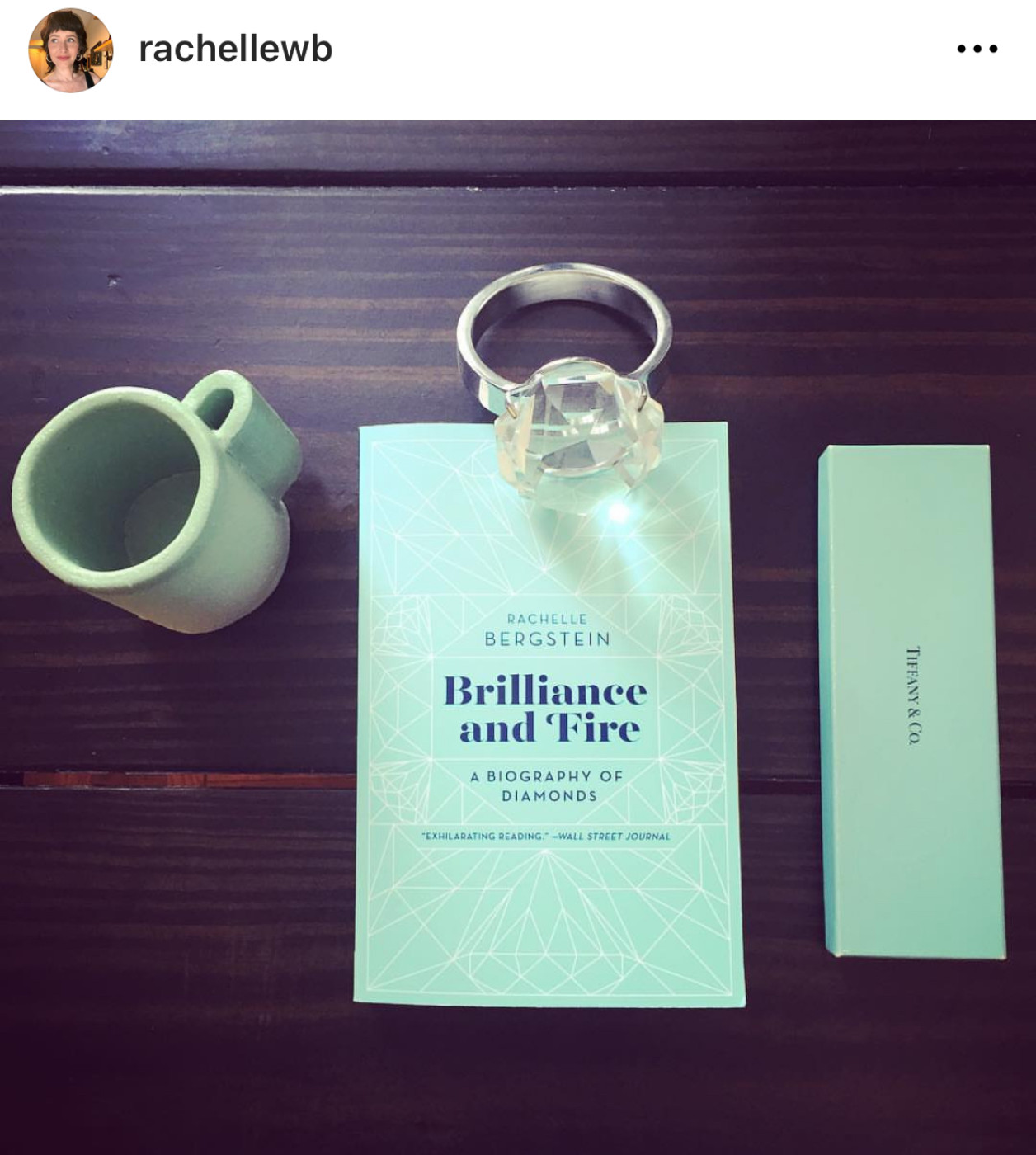
Amy Odell, Anna: The Biography.
Gallery Books, 2023
With each page of reading this fascinating story, I became more and more convinced that in the future there will be no people like Anna. Like many others, she is unique and incomprehensible. A mystery.
This definitive biography of Anna Wintour follows the steep climb of an ambitious young British girl who would – with a singular and legendary focus – become one of the most powerful women in the world.
As a child grooving up at the editor of Evening Standard’s house, Anna Wintour was a tomboy with no apparent interest in clothing, but, seduced by the miniskirts and bob haircuts of swinging 1960s London, she grew into a fashion-obsessed teenager. Her father, an influential newspaper editor, loomed large in her life, and once he decided she should follow her dad’s steps and become editor-in-chief of Vogue, she never looked back. Impatient to start her career, she left high school and got a job at a trendy boutique in London – an experience that would be the first of many defeats. Undeterred, she found work in the competitive world of magazines, eventually embarking on a journey to New York and a battle to ascend, no matter who or what stood in her way. Once she was crowned editor-in-chief of Vogue – in one of the stormiest transitions in fashion magazine history – she continued her battle to retain her enviable position, ultimately rising to dominate all of Condé Nast publishing house.
Based on extensive interviews with Wintour’s closest friends and collaborators, including some of the biggest names in fashion, independent journalist Amy Odell has crafted the most revealing portrait of Wintour ever published (so far it’s the only official biography that Anna authorised, but I guess like in the case of her friend Karl Lagerfeld, we are yet to see what the world is going to publish about her if she ever passes away). Weaving Anna’s personal story into a larger narrative about the hierarchical dynamics of the fashion industry and the complex world of Condé Nast, “Anna” charts the relentless ambition of the woman who was born to become an icon.
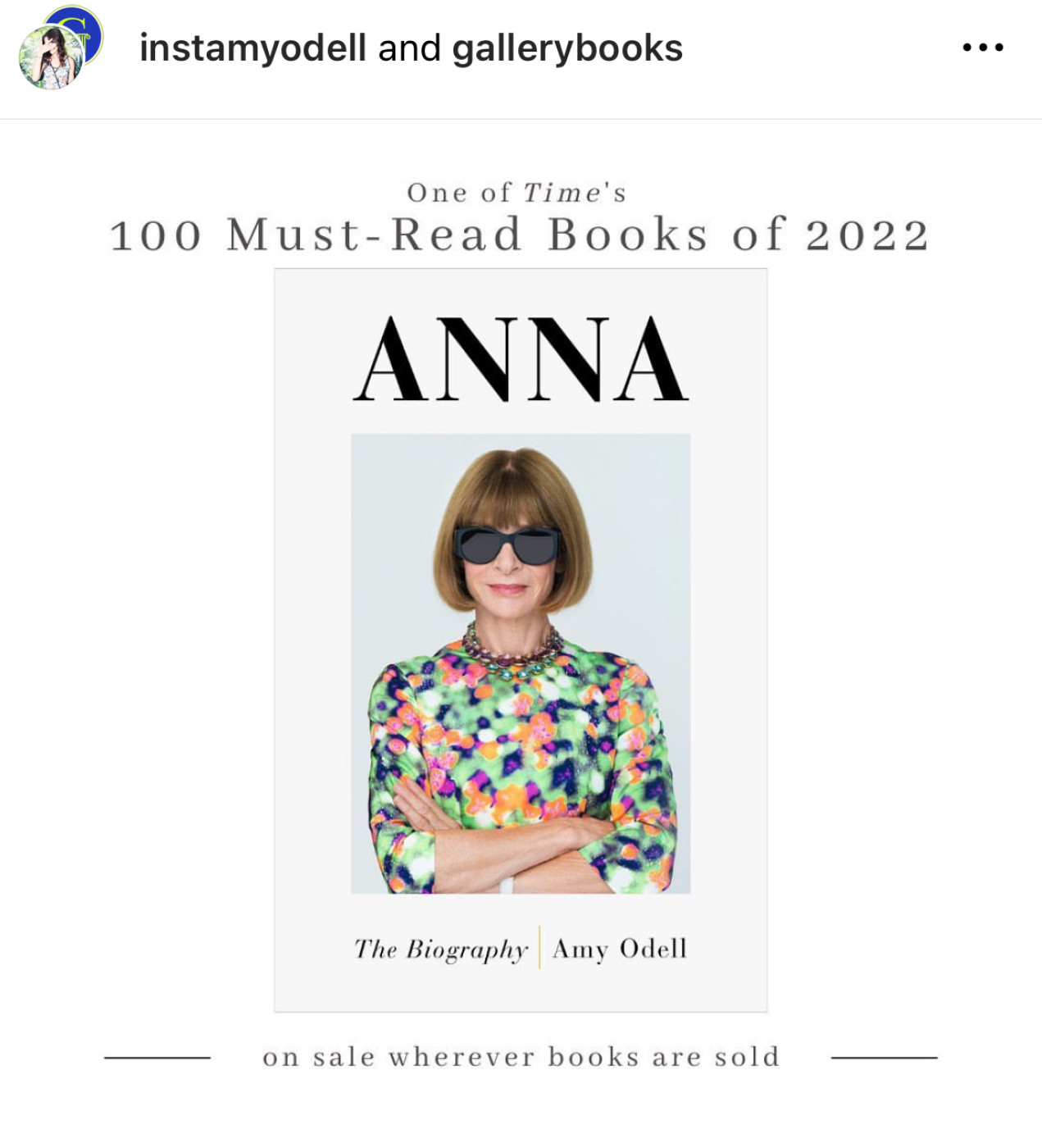
Stefan Sagmeister, Now is Better
Phaidon, 2023
Stefan Sagmeister, a rock star of modern graphic design, is also the author of the remarkable book “Beauty”, co-written with his former colleague Jessica Walsh. In his previous work, Sagmeister lamented that beauty isn't what it used to be, noting how the modern perception of beauty has deteriorated from a luxurious carved crystal glass to a plastic cup (even the Saint-Louis crystal manufacturers seem to have followed this trend, as seen in the Cadence collection — but that’s just my opinion). However, in his new book, Sagmeister emphatically declares that “Now is Better”! The book is rich with infographics, original images, and historical facts based on deep research. For example: the global apple harvest in 1962 was 22 million tons, and by 2017, it had reached 83 million tons. The percentage of years in which the great powers did not engage in conflict over 25 years (1795-2015) shows a notable shift: from 35% during 1795-1820, to 60% during 1915-1940, and finally 100% during 1990-2015. The number of books published per one million people in the United Kingdom rose from 65 books in 1600 to 1,745 books in 2000. Indeed, these insights offer a refreshing perspective on how life has improved over time.

Text: Editorial team

